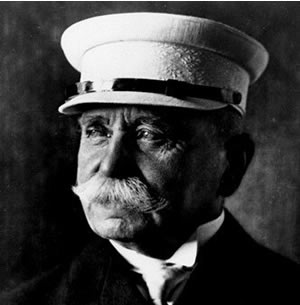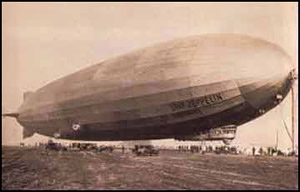Science of Conflict
Air force-lighter than air vehicles
The
first air force was established in March 1794, the Compagnie d'Aeronautiers,
the Balloon Corps. Balloons were used for reconnaissance during the Battle
of Fleurus in June 1794 and gave the French notice of Austrian troop movements
up to one hour before they were visible from ground level. Napoleon later
took the Balloon Corps to Egypt in 1798 but they were never used as the
British raided the camp and destroyed them before the Battle of Abourik.
Napoleon later disbanded the Balloon Corps


Why are most hot air balloon launched on a cold winter morning?
How are modern airships kept afloat?
What are the properties of helium that make it useful for the construction of airships?